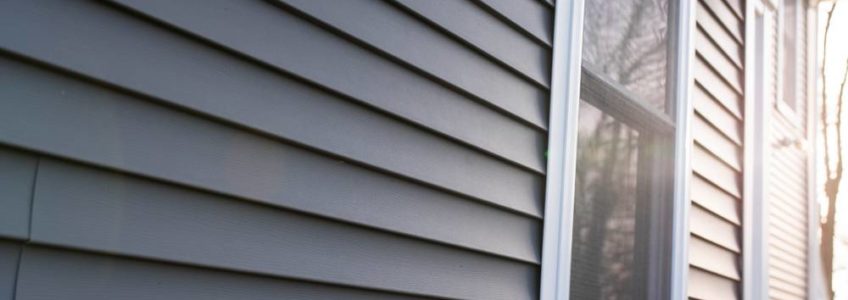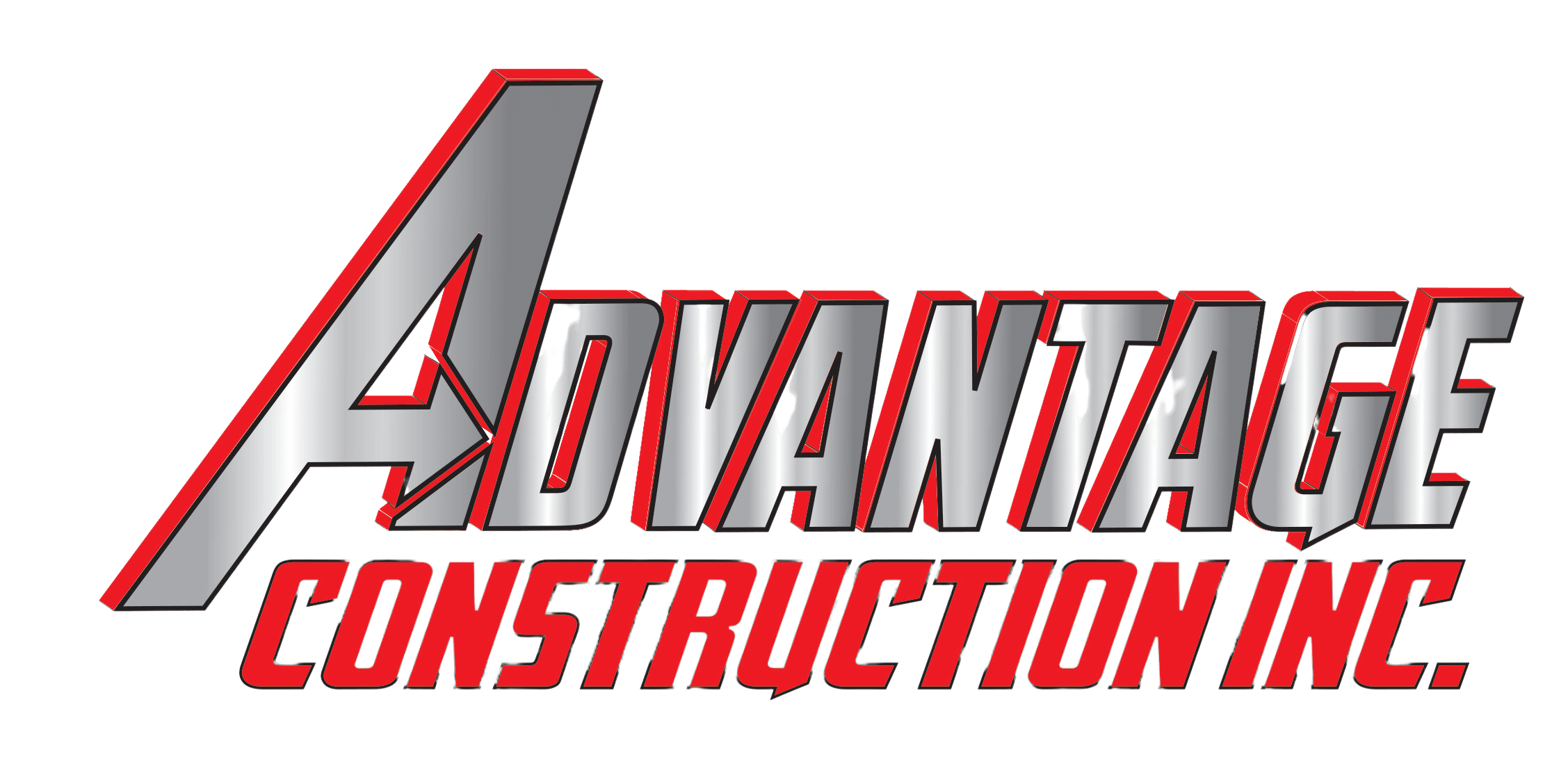
The construction industry has made great strides in the last century. Warm, safe, efficient, larger-than-life buildings are arguably one of man’s greatest creations. A building has numerous components that are part and parcel of it. The reliability and sturdiness of these components enable a building to stand for years and years and appeal visually. Siding is one such component.
Siding forms the outermost covering of your house. As it is what first meets the eye, it goes without question that it should look appealing, all while maintaining its crucial role of protecting the house.
Siding has options for the type of finishing after your own heart, be it the cabin wood look of engineered wood or the stark brownstone wall look of Boral versetta stone, among others. This article dwells on how to maintain the balance of aesthetics and functionality as it pertains to the siding.
What Is the Purpose of Siding?
Siding is a protective material added to the outermost layer of the house. The functions of siding are:
- Shielding the house from elements such as rain, snow, wind, or mold
- Protecting the structural integrity from destructive insects like termites
- Improving a property’s curb appeal
- Warming the house during cold seasons
The History of Siding
We can trace the origin of siding back to the early 1900s. At this time, siding was primarily made of wood, stone, or other materials found in nature. Since the 1950s, siding has not only grown in popularity but also variety and durability.
The growth is due to commencement of the production of synthetic siding like aluminum and vinyl. In fact, aluminum siding was the first synthetic material to be used with vinyl following shortly after. Vinyl was first manufactured at a factory in Ohio during the 1960s.
Types of Siding
The first step in combining functionality and aesthetic is to choose the right type of siding. The type of siding used determines its durability, maintenance, cost, and appearance. The different types are outlined below:
Wood Siding
Wood siding is usually made from softwood trees like cedar, pine, rosewood, and fir because these materials tend to be more long-lasting. Wood owes its popularity to its alluring appearance and eco-friendly nature.
Wood siding comes with both pros and cons, but one that many homeowners recognize immediately is the investment and high preservation costs it requires. Additionally, wood siding is also prone to damage from:
- Extreme weather
- Insects
- Birds
- Fungi
Engineered wood is a derivative of wood that is made from a mixture of wood and resin. This type of wood siding is so reliable that it has one of the longest warranties when compared to other siding materials.
Vinyl Siding
Vinyl siding has been hailed as the best choice for anyone seeking to build. Vinyl is made out of Polyvinyl Chloride(PVC) and closely resembles wood. Vinyl siding is budget-friendly, requires low upkeep, and offers an eye-catching appearance.
Even better, many siding companies offer insulated vinyl siding that has been enriched with an added layer of contoured foam insulation. The added layer of foam offers a variety of benefits, such as:
- Strength
- Curb appeal
- Saving on energy costs
Though one of the materials most resistant to mold, it is not rare to find vinyl with mold growing on it. This occurrence is especially common in parts of the wall shaded from direct sunlight and containing abundant moisture. Luckily, the solution is quite undemanding.
To clean mold on vinyl, first, try to avoid any damage to the siding by testing whether the cleaning solution you intend to use defaces it and whether the siding is still strong enough to withstand scrubbing. Scrub with a brush and a cleaning solution before finishing off with a pressure washer.
Boral Versetta Stone
While real stone is pricy and fastidious for construction, Boral Versetta is cheaper and easier to use while giving the same look and texture. And not just that, Boral Versetta comes in three different forms: tight cut, ledge stone, and curved-block styles.
The upsides of Boral Versetta are that its installation is straightforward and offers a range of colors to choose from. Like stone, it is strong and requires little maintenance.
Hardie Board Siding
Hardie siding is a product of fiber cement mixed with several other additives. If any type of siding was to get close to indestructibility, this would be it. Hardie siding is long-lasting and remarkably resistant to fading that usually presents itself over time. If you’re looking for a way to beautify your home or business, Hardie Board is an excellent option.
Get On Top of Damages
Another way to combine the functionality and aesthetic of siding is by preventing damages. However, when damage is inevitable, strive to catch it on time and fix it.
Damages are best assessed and caught when still inconsequential. The signs of minor wear and tear are often not straightforward, and could be as simple as a raised energy bill. More specific signs of damage are the growth of fungi, misshaped walls, and peeling paint.
You can prevent damage to siding by:
- Keeping moisture at bay by monitoring water leaks
- Opting for reinforced siding materials like insulated vinyl
- Scheduling regular maintenance
- Repairing damaged or rotten siding quickly
At Advantage Construction, our experts are ready to install, replace, and repair your damaged siding at any time. We also offer a variety of other services from roofing and windows to gutters. If you’re ready to enhance your property, we encourage you to contact us today.
